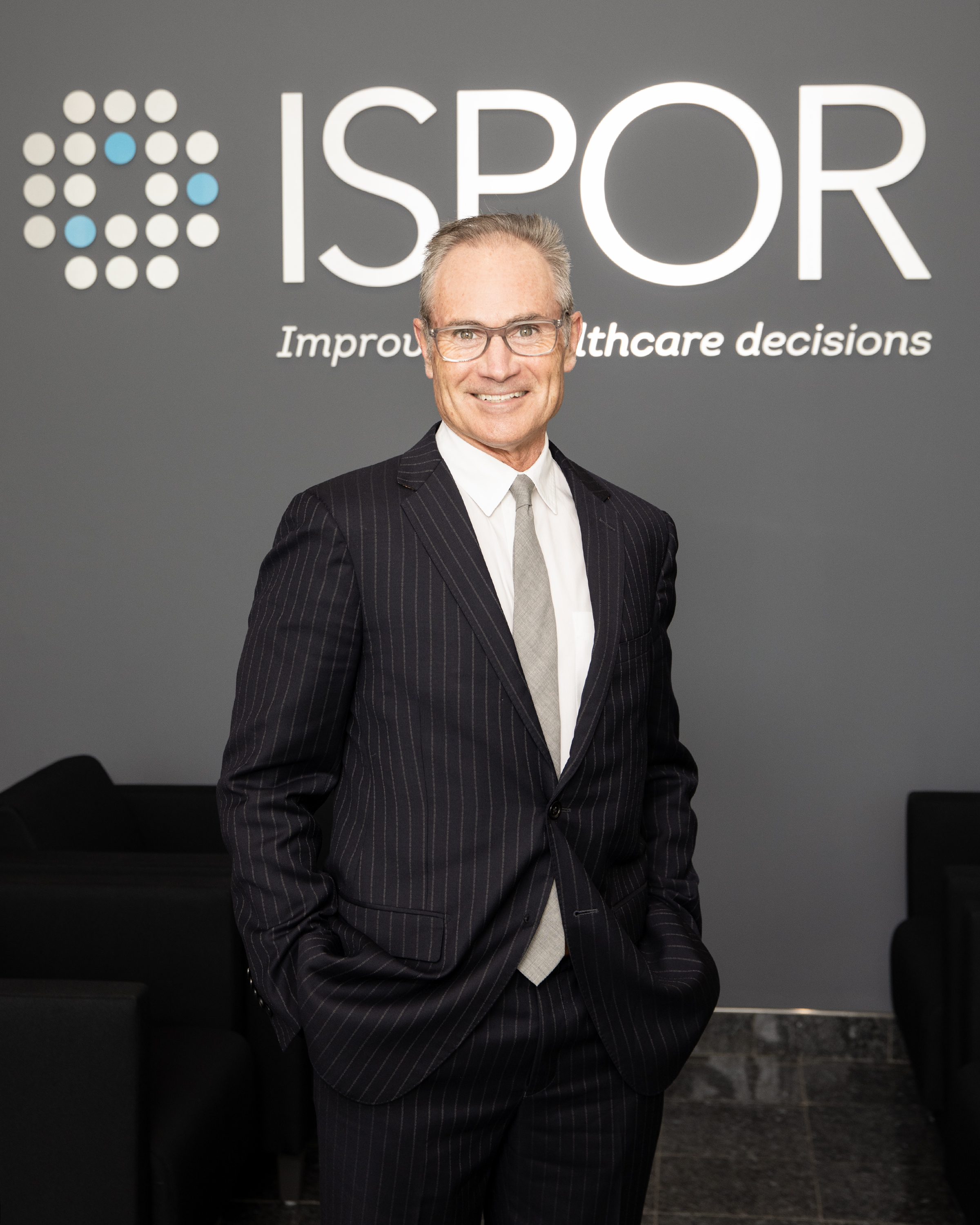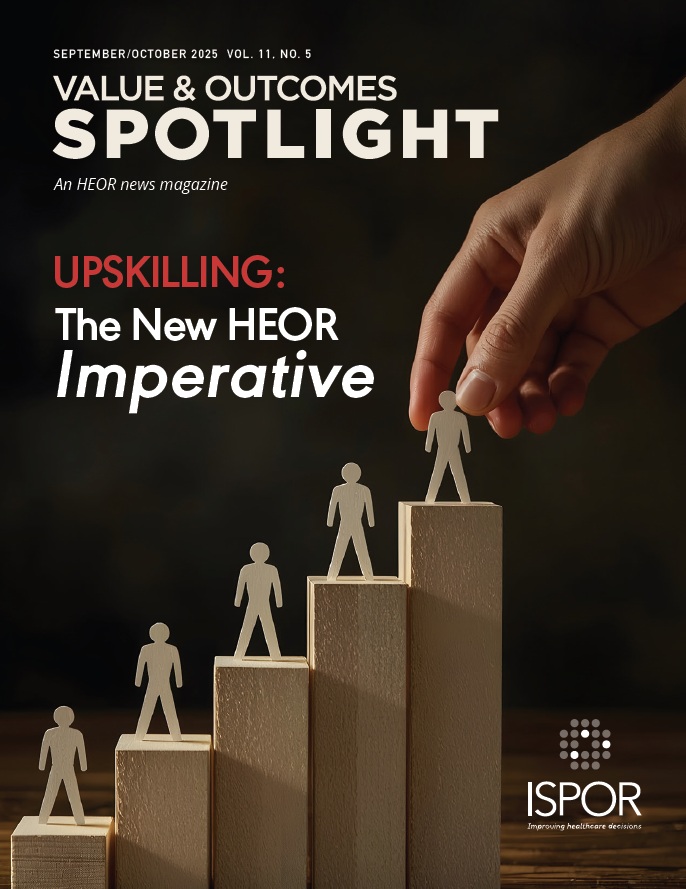Workforce Planning and Development to Advance HEOR
Rob Abbott, CEO & Executive Director, ISPOR
 An often overlooked—but fundamentally important—aspect of advancing health economics and outcomes research (HEOR) excellence is creating the conditions in which the HEOR workforce can thrive. This can take many forms. Professional development programs can enhance specific workforce skills. Cross-functional collaborations can foster innovation. The use of advanced technology can improve efficiency. Each of these, and more, is explored in this issue of Value & Outcomes Spotlight.
An often overlooked—but fundamentally important—aspect of advancing health economics and outcomes research (HEOR) excellence is creating the conditions in which the HEOR workforce can thrive. This can take many forms. Professional development programs can enhance specific workforce skills. Cross-functional collaborations can foster innovation. The use of advanced technology can improve efficiency. Each of these, and more, is explored in this issue of Value & Outcomes Spotlight.
Professional development programs are at their best when they provide opportunities to learn new methods, update existing knowledge, and develop critical competencies such as data analysis, cost-effectiveness modeling, and stakeholder engagement and communication. The ways in which this is done are many and include targeted training, workshops, conferences, mentorship, and the creation of structured career pathways that foster continuous learning. Perhaps the most important thing that can be said about professional development is that it is not a “one and done” kind of thing; HEOR practitioners must continually adapt to the rapidly evolving demands of our field.
Specific ways in which professional development can enhance—and advance—HEOR include:
Targeted Skill Acquisition
Perhaps the most common and intuitively obvious expression of professional development are programs that advance skill acquisition in specific HEOR areas such as advanced statistical modeling, real-world evidence (RWE), and cost-effectiveness analysis.
Knowledge Update and Refreshment
The HEOR landscape is evolving rapidly, and professional development programs hold considerable promise as fora within which professionals at all stages of their career can learn new approaches, stay current with emerging trends, and refresh their understanding of key subjects.
Hands-On Experience
Work-based training provides hands-on experience within an HEOR setting, strengthening practical skills, and contributing to institutional capacity.
Networking and Collaboration
Conferences, seminars, and workshops provide opportunities for professionals to connect with peers, share insights, and build networks that foster collaboration and life learning. This is something I have observed first-hand through ISPOR conferences and related events.
Soft Skills Development
Alongside the overtly technical skills highlighted above, professional development can enhance critical “soft skills” such as communication, collaboration, and leadership, all of which are vital for effective HEOR research, implementation, and dissemination, particularly to nonexpert audiences.
Cross-functional collaboration can foster HEOR innovation by breaking down silos, combining diverse perspectives from clinical, data science, and business, and improving communication and integration across teams. This integration leads to better problem-solving, increased creativity, more efficient resource allocation, and faster development of innovative strategies to enhance patient care.
Perhaps the most important thing that can be said about professional development is that it is not a “one and done” kind of thing; HEOR practitioners must continually adapt to the rapidly evolving demands of our field.
Equipping the HEOR workforce with advanced technology, particularly artificial intelligence and digital tools, can improve efficiency by automating repetitive tasks, enabling faster and more accurate data analysis, facilitating enhanced collaboration and knowledge sharing, and providing real-time access to critical information. This enables and empowers HEOR professionals to focus on higher-level cognitive work, leading to more informed decision making, improved productivity, and a greater capacity to deliver timely and specialized reports and insights.
As the CEO of ISPOR, I spend a good deal of time thinking about the path that HEOR is traveling through time and how ISPOR can create the conditions in which HEOR professionals can truly thrive. Workforce planning and development are important considerations in this regard. This issue of Value & Outcomes Spotlight comes at a critical time for our membership, which really is the global HEOR community. After all, many HEOR departments in global biopharma companies have been restructured over the past 18 months, and some of the changes to healthcare introduced or proposed by the White House create new challenges for HEOR professionals. Against this backdrop, I want ISPOR members and stakeholders to know that I care about these issues, and that ISPOR will keep taking action to ensure we are providing the professional development, cross-functional collaborations, and access to advanced technology to keep HEOR professionals relevant and impactful.

